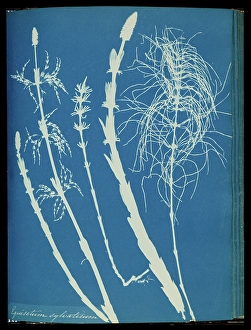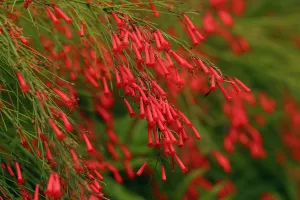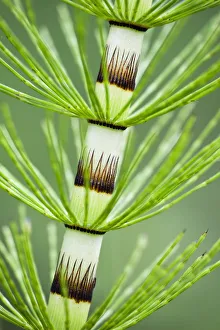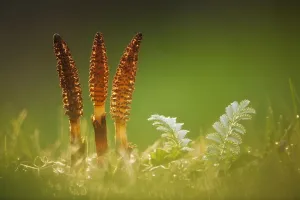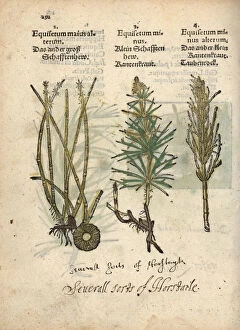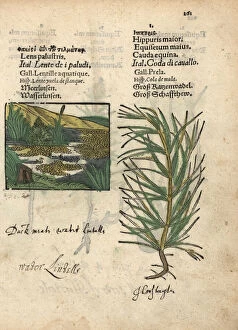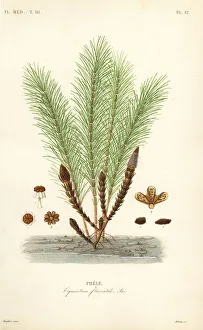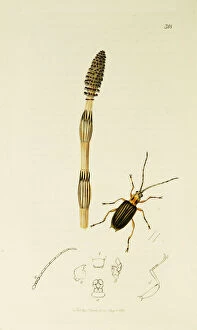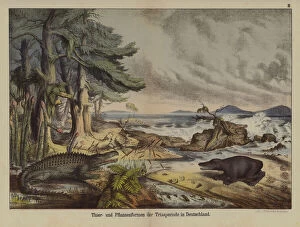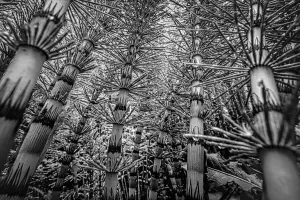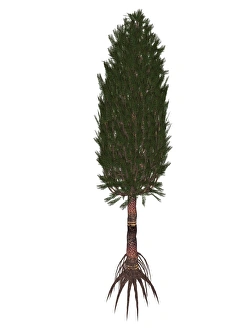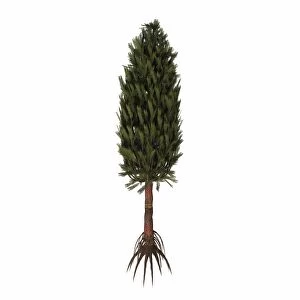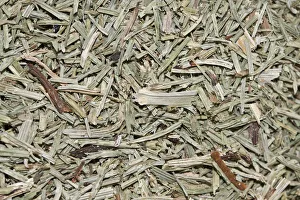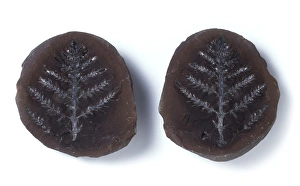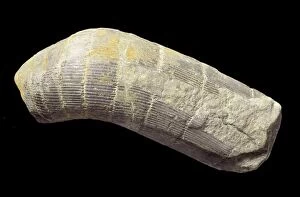Equisetum Collection
"Equisetum: A Fascinating World of Horsetail Varieties" Discover the enchanting world of Equisetum, a diverse genus of plants that includes various captivating species
All Professionally Made to Order for Quick Shipping
"Equisetum: A Fascinating World of Horsetail Varieties" Discover the enchanting world of Equisetum, a diverse genus of plants that includes various captivating species. One such species is Equisetum sylvaticum, commonly known as Field Horsetail. Found in Bavaria, Germany, this elegant plant adds a touch of beauty to its surroundings. Another remarkable member is Equisetum arvense or Firecracker Plant (Russelia equisetiformis). Its vibrant red flowers resemble bursting fireworks and bring an explosion of color to any garden or landscape. In Poloniny National Park, Western Carpathians, the majestic Great horsetail (Equisetum telmateia) stands tall. A close-up view reveals intricate details on its stem, showcasing nature's artistry at its finest. Traveling across continents to Catcott Lows SWT reserve in Somerset Levels, we encounter the Giant horsetail (Equisetum telmateia). This towering plant commands attention with its impressive height and grandeur. Steptoe in Washington State welcomes us with open arms as we witness the mesmerizing sight of horsetail plants gracefully adorning Palouse hills. Their presence brings tranquility and harmony to this picturesque landscape. Transporting ourselves back in time through a photogravure titled "Horsetail Rush" from 1929 takes us on a nostalgic journey into history. We can almost feel the essence of those bygone days captured within this timeless artwork. Water horsetail (Equisetum fluviatile) introduces us to yet another facet of this versatile genus. Thriving near water bodies, it showcases resilience and adaptability while adding an element of serenity wherever it grows. Spoonleaf treebine (Cissus obovata), crested partridge, buttonquails.

